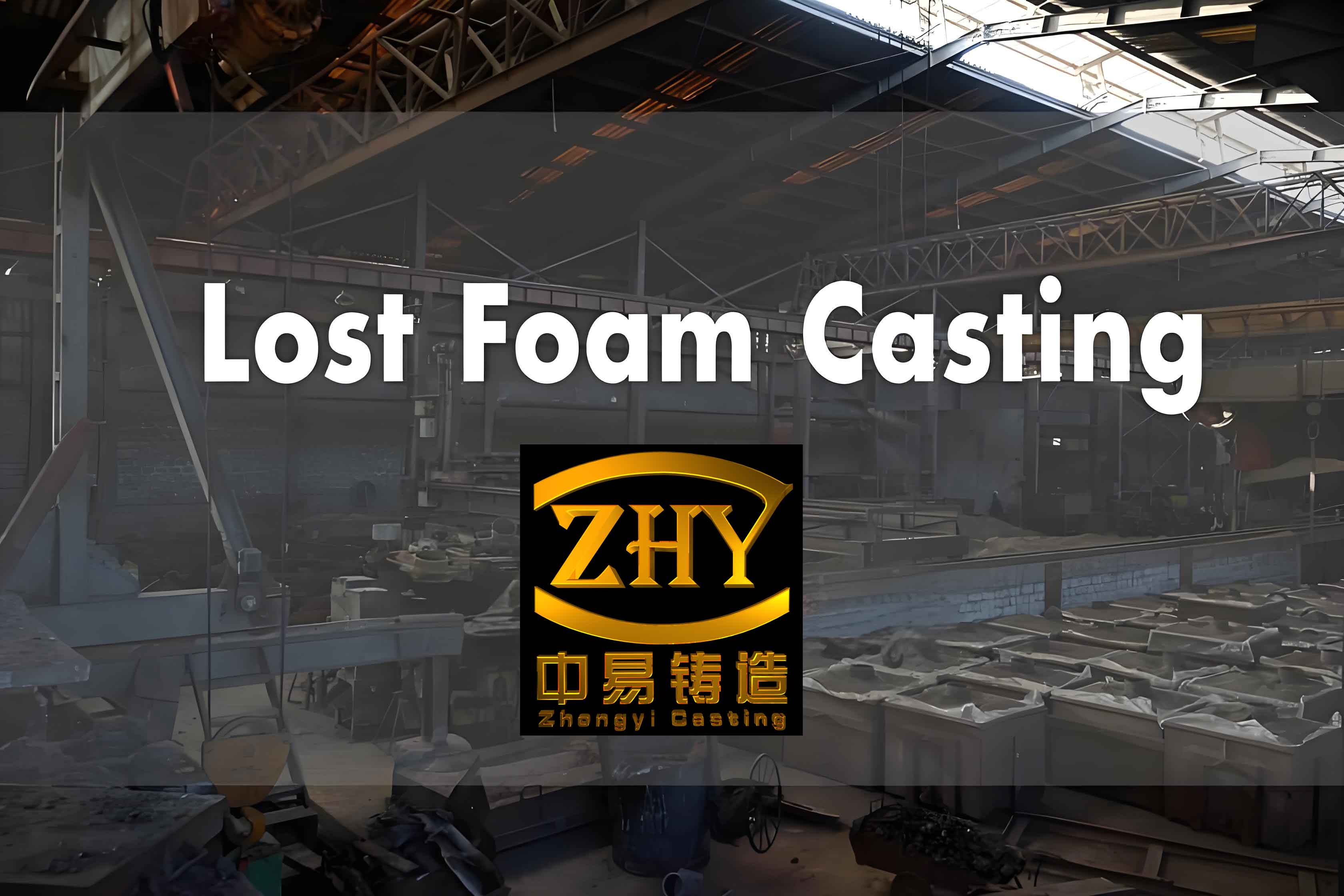
Lost foam casting is precision casting process that is widely used in various industries due to its ability to produce intricate and complex shapes with minimal finishing. However, achieving optimal surface finish and dimensional accuracy requires careful control of process parameters. This article explores the key process parameters in lost foam casting and their optimization to enhance surface finish and dimensional accuracy.
Introduction to Lost Foam Casting
Lost foam casting involves creating a foam pattern, usually made of expandable polystyrene (EPS), which is then coated with a refractory material and placed in a sand mold. When molten metal is poured into the mold, the foam pattern evaporates, leaving behind a precise metal casting. The main advantages of lost foam casting include:
- Ability to cast complex geometries.
- High dimensional accuracy.
- Reduced need for machining.
- Lower production costs.
Key Process Parameters in Lost Foam Casting
Several critical process parameters influence the surface finish and dimensional accuracy of castings. These parameters include:
- Foam Pattern Density
- Coating Thickness and Composition
- Sand Compaction
- Metal Pouring Temperature
- Mold Vibration
Each of these parameters must be carefully controlled and optimized to achieve the desired quality in the final casting.
Foam Pattern Density
The density of the foam pattern plays a crucial role in determining the detail retention and dimensional stability of the casting. Higher density EPS patterns provide better detail but may require more energy to evaporate. The following table compares different foam densities and their impact on casting quality:
| Foam Density (kg/m³) | Surface Finish | Dimensional Accuracy | Energy Consumption |
|---|---|---|---|
| 16 | Moderate | Moderate | Low |
| 20 | High | High | Moderate |
| 24 | Very High | Very High | High |
Coating Thickness and Composition
The coating applied to the foam pattern must be optimized to ensure mold stability and minimize defects. Key considerations include:
- Thickness: Too thin a coating can lead to mold collapse, while too thick a coating can cause surface roughness.
- Composition: The use of ceramic or nanocoatings can enhance surface finish and thermal resistance.
Sand Compaction
Proper sand compaction around the foam pattern is essential to support the mold and prevent defects. Over-compaction can cause pattern distortion, while under-compaction can lead to poor surface finish and dimensional inaccuracies.
Metal Pouring Temperature
The temperature at which the molten metal is poured affects the fluidity of the metal and the evaporation rate of the foam pattern. Optimal pouring temperatures ensure complete pattern burnout and minimize surface defects.
| Metal Type | Optimal Pouring Temperature (°C) | Surface Finish | Dimensional Accuracy |
|---|---|---|---|
| Aluminum Alloys | 650-750 | High | High |
| Steel Alloys | 1400-1500 | Moderate | High |
| Copper Alloys | 1000-1100 | High | Moderate |
Mold Vibration
Applying vibration to the mold during pouring helps to settle the sand and eliminate voids, leading to improved surface finish and dimensional accuracy. The frequency and amplitude of the vibration must be carefully controlled.
Optimization Techniques
Optimizing the process parameters in lost foam casting can be achieved through various techniques:
- Design of Experiments (DoE)
- Conducting systematic experiments to understand the effect of each parameter and their interactions.
- Using statistical analysis to determine the optimal settings for each parameter.
- Computer-Aided Simulation
- Employing simulation software to model the casting process and predict the impact of different parameters.
- Adjusting parameters based on simulation results to achieve desired outcomes.
- Real-Time Monitoring and Control
- Implementing sensors and feedback systems to monitor key parameters during the casting process.
- Using real-time data to make adjustments and ensure consistent quality.
Case Studies
Case Study 1: Automotive Brake Discs
An automotive manufacturer optimized the lost foam casting process for brake discs by focusing on foam density and coating composition. By increasing the foam density to 20 kg/m³ and using a nanocoating, the company achieved a significant improvement in surface finish and dimensional accuracy.
| Metric | Before Optimization | After Optimization |
|---|---|---|
| Surface Roughness | 12 µm | 8 µm |
| Dimensional Tolerance | ±0.5 mm | ±0.3 mm |
| Scrap Rate | 7% | 4% |
Case Study 2: Aerospace Structural Components
An aerospace firm used design of experiments to optimize sand compaction and pouring temperature for casting structural components. This led to enhanced dimensional accuracy and a reduction in defects.
| Metric | Before Optimization | After Optimization |
|---|---|---|
| Dimensional Tolerance | ±0.4 mm | ±0.2 mm |
| Defect Rate | 5% | 2% |
| Production Efficiency | 80% | 88% |
Conclusion
Optimizing process parameters in lost foam casting is essential for achieving high-quality castings with excellent surface finish and dimensional accuracy. By carefully controlling foam pattern density, coating thickness and composition, sand compaction, metal pouring temperature, and mold vibration, manufacturers can significantly improve the quality of their castings. Employing optimization techniques such as design of experiments, computer-aided simulation, and real-time monitoring further enhances the process, leading to more efficient and cost-effective production.
